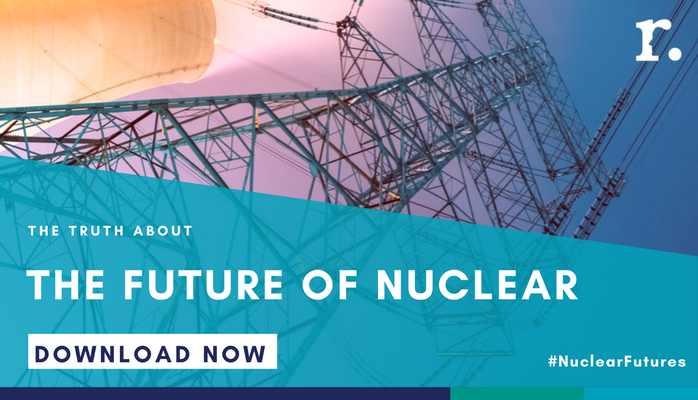Timesheets
Submit or approve timesheets here by selecting one of the options.
Contractors
Submit TimesheetsClients
Approve TimesheetsTop five challenges in the nuclear industry
The nuclear industry is experiencing great growth and this has increased the demand for candidates with engineering skills. However, there are still hurdles that need to be overcome. Here are what we see to be the top 5 challenges in the nuclear industry, in 2017:
1. UK skills shortage
There is “a critical shortage of engineering and technological skills and the NIA supports Government’s initiatives to stimulate take up of STEM subjects in colleges and schools .” With many skilled workers in the nuclear industry approaching retirement age, it’s vital that their skills and knowledge is passed onto the next generation, and future generations. Many retirees are invited back as consultants, however, to cope with demand, 8,600 new engineers a year are required , with many nuclear companies bolstering their numbers with skilled workers from overseas. The existing nuclear workforce’s biggest strengths, in the UK, are in operations and decommissioning, but experience in construction and manufacture in defence is growing.
2. Competition
There are three skills tiers in the nuclear workforce, and those in tier 1 have generic skills which can be applied to different sectors, so candidates can easily switch to a different sector, especially when demand is high, like it is now. The roles that are in demand currently, include steel fixers, skilled welders, concreters, civil engineering operatives and scaffolders . Tier 2 workers, those with ten years nuclear experience and knowledge, and tier 3, subject matter experts, need to be encouraged to stay within the UK nuclear sector, as they are in demand internationally .
3. Localisation
Nuclear sites are often in the middle of nowhere, located far from major cities, so it can be difficult to find people with the right skills within the local vicinity or willing to commute/relocate. There are no nuclear power stations at all in the Midlands, for instance. (To see a map of the locations of nuclear power stations in the UK, click here )
4. PAYE Vs LTD - NNB (Nuclear New Build)
PAYE Vs LTD - NNB (Nuclear New Build) have decided to only offer PAYE contracts for the Hinkley Point C and Sizewell C construction sites. This is off putting for many candidates who have been in the business for years, operating as limited company contractors.
5. Drawn out approval and sign off process
The NNB take a long time to decide, and approve, whether they need a worker for a particular piece of work. Once a candidate has been told they have been successful, it takes around four weeks for the vetting process to be completed, before going before the NNB director who needs to approve their rate, which can add another 2 – 3 weeks to what is already a lengthy process.
Do you agree with our list, or do you see another challenge as being more important than those mentioned? Why not join the conversation, and share your insights, by connecting with us? If you want to read this article on a PDF format or need to download it, click here.
As part of our "Unlocking the future of nuclear" campaign, we recently carried out a survey amongst engineers in both nuclear and other sectors, in order to prompt further discussion around the reported skills gap. Want to know more about what our survey revealed? Download the full report by clicking on the banner below!

